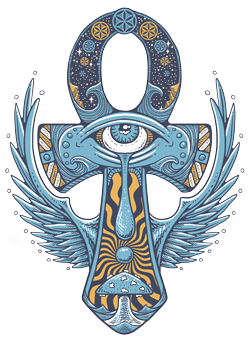
OTEIL'S BASS GALLERY
"I love each and every one of my basses. They each have their own little nuances that make them just right for certain circumstances. I’ll be sharing the stories behind each bass… where I picked them up, who made them, what tracks I used them on and what makes me dig them so much."
- Oteil
Sanberg California 6 String
This is my most recent bass. I love playing this bass, not only because of the fat vintage sound, but because of how lightweight it is. It has saved my back!
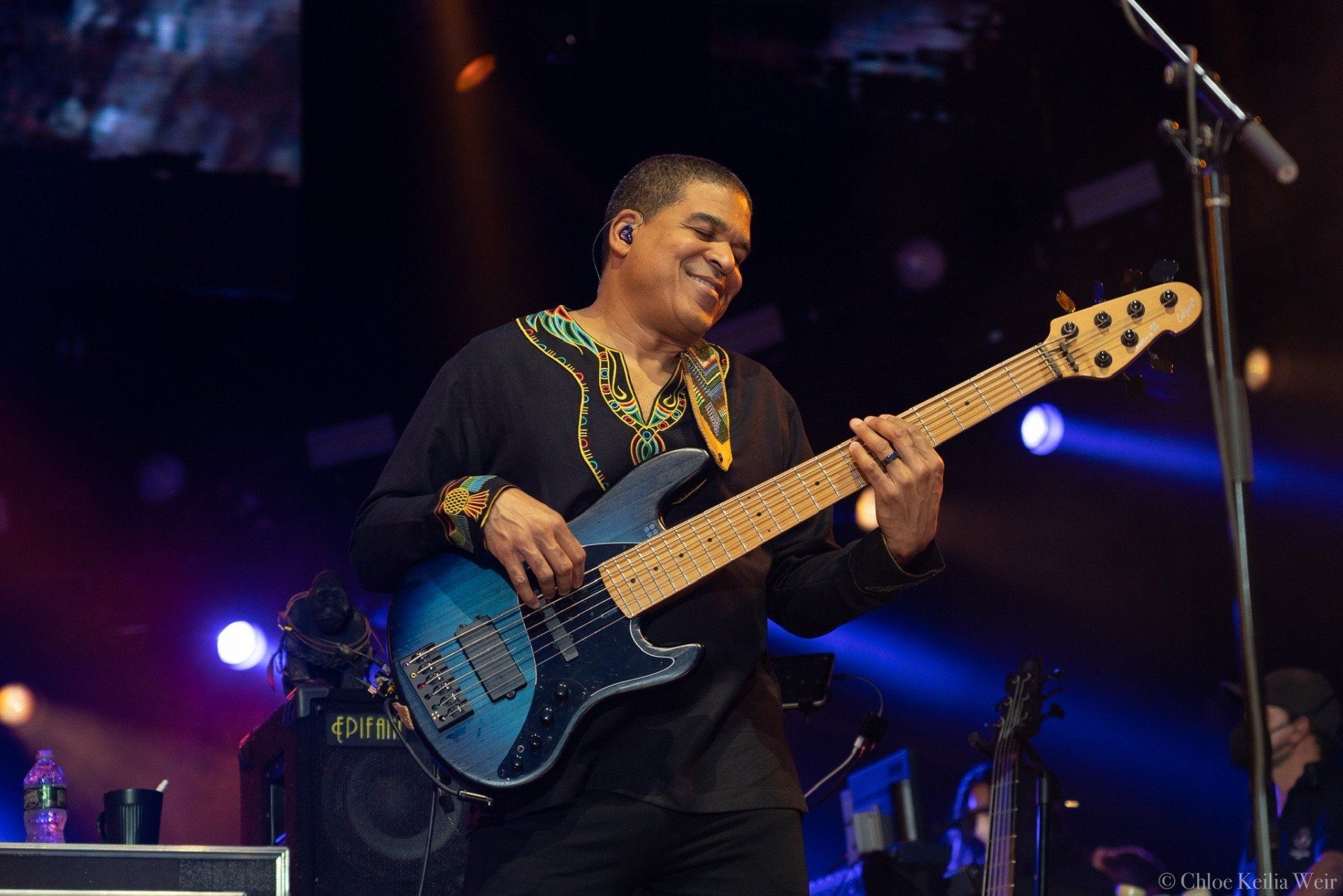

The Ankh Bass (Modulus)
You may recognize this bass from the last 3 years or so on stage with Dead & Company. For this Modulus, we set our sights on a fully functional and playable Ankh bass.
We went with a purple and black color scheme.
"This was a challenging build, but in the end we were very pleased with the result."
-Modulus Builders
Oteil Burbridge Signature Modulus Quantum 6 String
This is a beauty. The thing I like about Modulus basses is that since the necks are made of graphite so there are no dead spots anywhere on the neck. It’s something that cannot be achieved with wood. When I’m playing chords on the bass they ring out more evenly because of this. With wood there will always be dead spots. But there will also be sweet spots with wood which you can’t get with graphite. Some see that as a plus and some see it as a minus. It's definitely a plus when you’re playing chords! While the Fenders are my connection to the past, my six strings are my reach into the future.
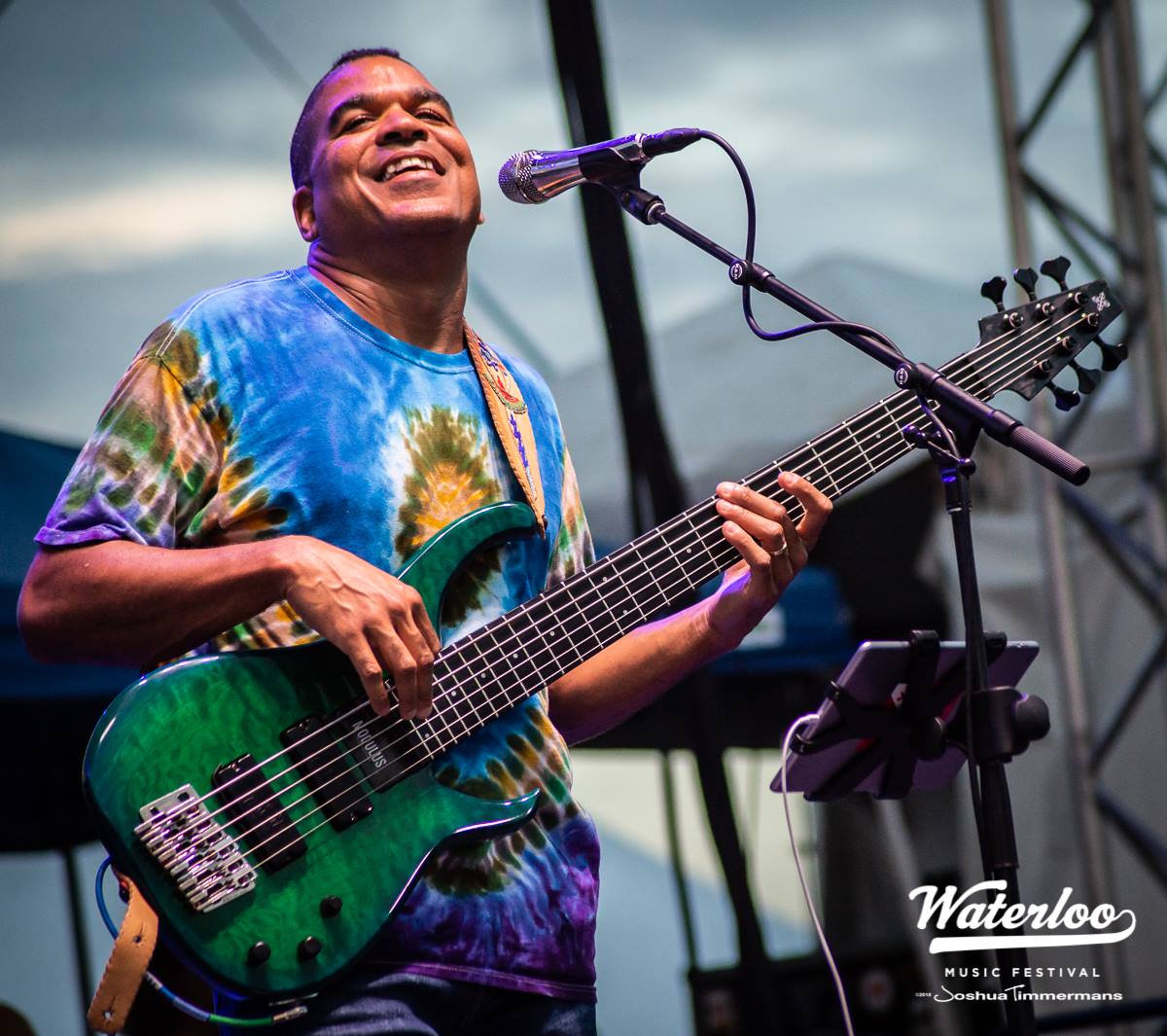
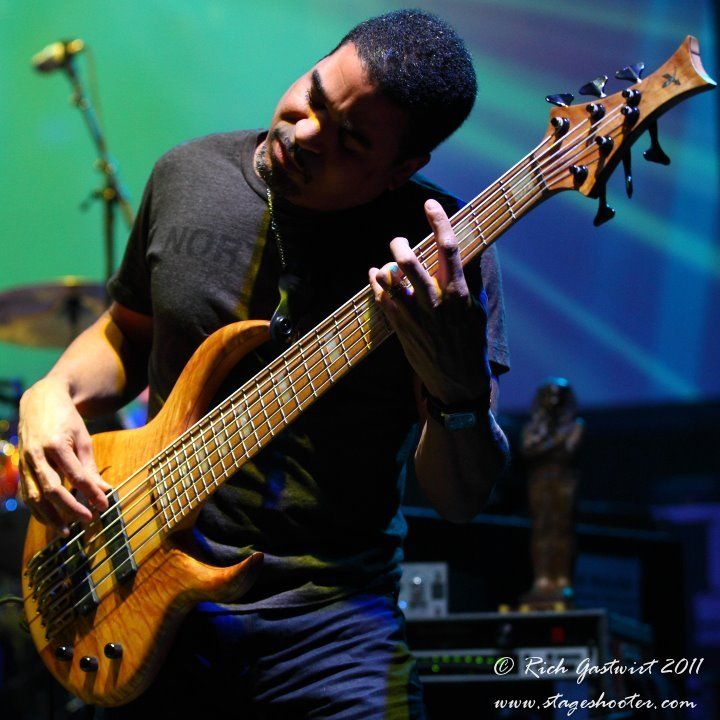
Sukop 6 String
This bass was made for me by Stephen Sukop. He sent it up to me while I was in NYC doing the Allman Brothers’ 40th Anniversary run at the Beacon Theater. I opened the show one night during that run with a solo version of Little Martha using this 6 string.
The Sukop has a unique shape and beautiful wood finish. It’s super light, the back is contoured to your body, it’s semi-hollow and has a short scale.
Fodera Signature 6 String
I was blessed to have Fodera make two of these handmade beauties for me. I had never had instruments that were completely handmade before. Sometimes I want to leave them at home under a glass case to make sure nothing bad happens to them. But it’s too hard to resist playing them. When I need to push past the boundaries of classic bass this is what I use.
These instruments have to be played to understand how amazing they are. The great Anthony Jackson was the first person I ever heard play a 6 string bass. He’s played on so many studio sessions I can almost guarantee you’ve heard him whether you realize it or not. Special thanks to Vinnie Fodera and Joey Lauricella for these beauties. My first Fodera is named “LaWanda” after LaWanda Page, an actress who played a famous black church lady named Aunt Esther on the 70’s TV show Sanford and Son.
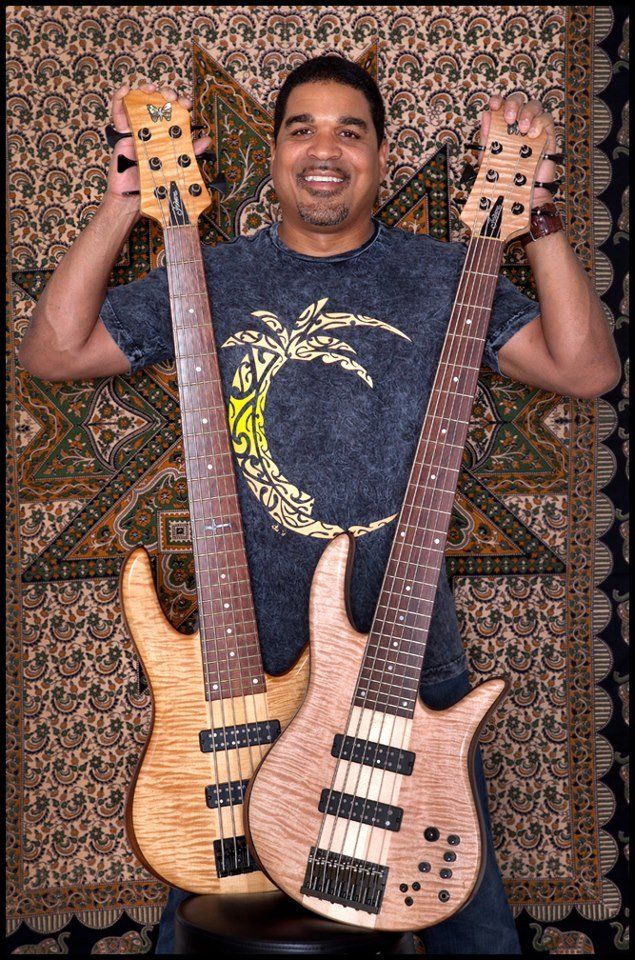

'63 Fender Precision (P bass)
I originally wanted to get a ’64 P-bass to match my ’64 J-bass but a compatriot of mine told me about this one and said he thought I should at least try it. I was knocked out by the feel of it. Although this tone was previously not what I was looking for I had recently gotten into Aston “Family Mon” Barrett and was trying to get that sound. Ironically he used a Jazz bass but it seemed like my hands could get the sound better with a P-bass. I use this bass with Flatwound strings, they have a much more mellow sound. If you love classic Motown then whether you realize it or not, you love the P-bass. James Jamerson made this sound ubiquitous to Motown and American music in general. This bass was named by one of my favorite drummers, Marcus Williams. I told him I needed a name for it and that most of my basses were named after old black church ladies, preferably over 200 pounds. He immediately shouted out the name “Petunia”. Who could argue with that?
Joe Perman Custom Fretless 6 String
This bass was Joe’s first bass under his own name. He is the Luthier responsible for every Modulus bass that I’ve owned, and I’ve had a bunch of them. My very first signature bass was the Modulus OB-1. As in, Kenobi… As you can see in the picture, this instrument is exceptionally beautiful. Its another “glass case” bass. It sounds equally as gorgeous. It also has about the longest sustain of any bass I’ve ever played.
I originally got turned onto graphite because I heard Tony Levin with Peter Gabriel. He is one of the few bassist that had a distinctly different sound from Jaco when he played fretless. I never played fretless because I didn’t want to sound like yet another Jaco clone. Levin showed me I was wrong. Now that I have this bass I have some serious homework to do. Fretless instruments are much harder to keep in tune and require lots of practice.
Special thanks to Joe Perman for so many years of support and so many beautiful basses. This bass is so pretty I named it “Pretty Boy Floyd”.
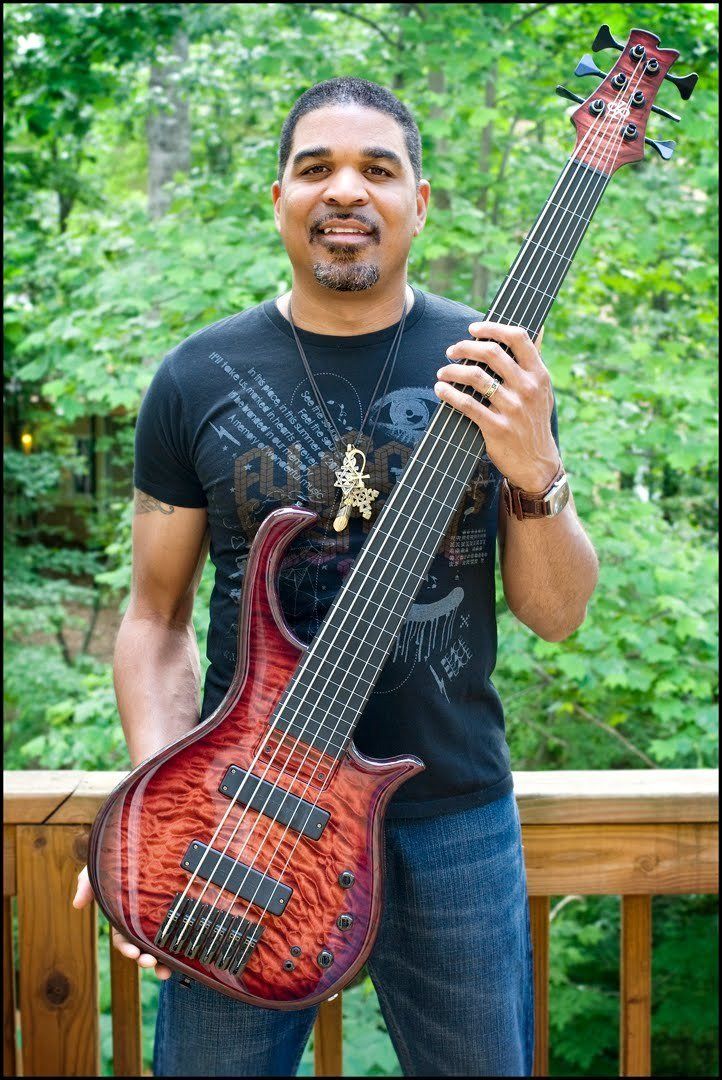

Goldtone Banjo Bass
I got this bass at a bluegrass festival called Merlefest when I was hanging out with the great singer/bassist John Cowan. We went and played it together and I was immediately taken with it. My new found obsession with the 5 string banjo had a lot to do with it. It has the craziest bass sound I’ve ever heard. If you play it in a more African style it actually sounds totally normal. It reminds me of a Guembri but with more treble. Believe it or not this thing is electric too. I used it on some hard rock songs with a pick.
What a nasty sound. Banjo bass: great for African and hard rock music. Who would have thought? I call this bass “the Boto bass” after my friend and one of my favorite drummers, Kinah Boto. He and Marcus were the two drummers on my first Peacemakers album.
You may recognize this bass from it's appearances during Tedeschi Trucks Band shows.
Fender Road Worn '58 Reissue P Bass
This is the bass that I used with the Allman Brothers Band.
It’s a copy of a ’58 that I added a J-bass pick up to for more treble. Its amazing how close they got to that old classic sound with such a modern replica.

STAY UPDATED
Footer Oteil email capture - website list
🎉 Congrats on joining 🎉
Oops, there was an error joining the list.
Please try again.
2x Grammy Award-winning Musician.
Teacher. Podcast Host.
Management Ben Baruch
ben@11e1evengroup.com
Booking Josh Knight
jknight@teamwass.com
Podcast Inquiries
comesatimepod@gmail.com
